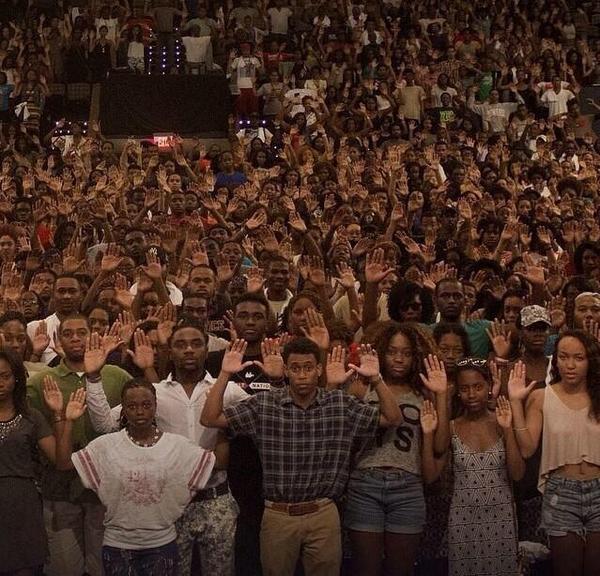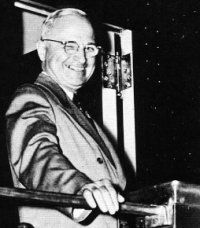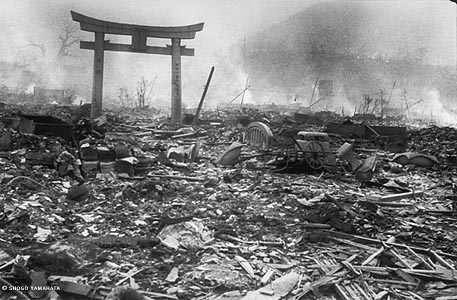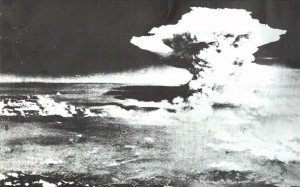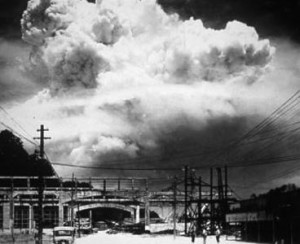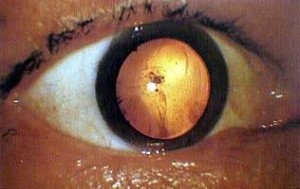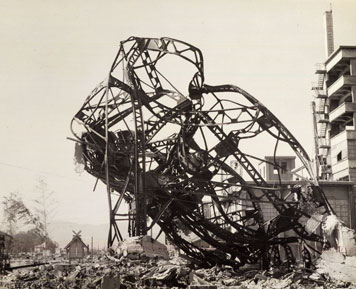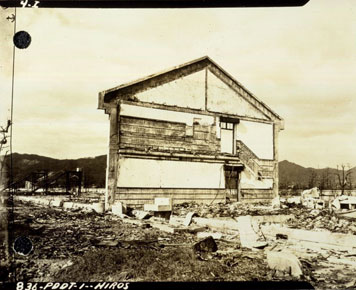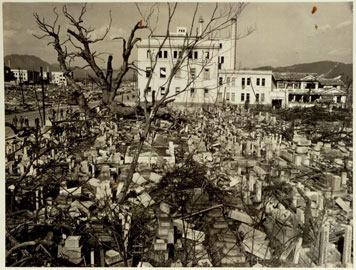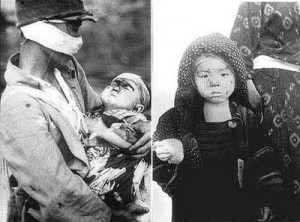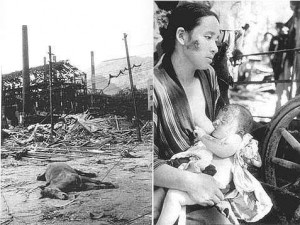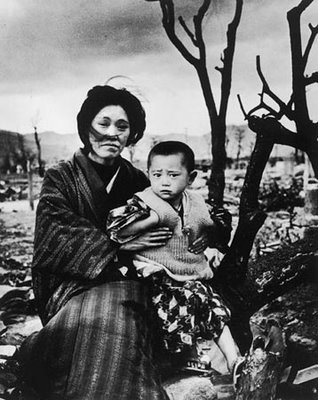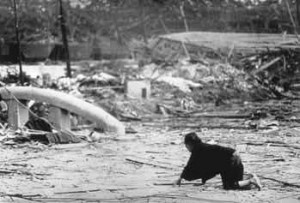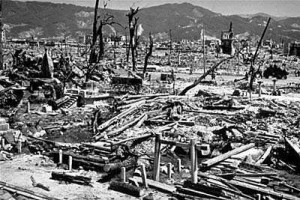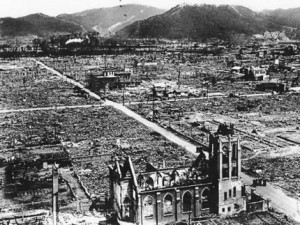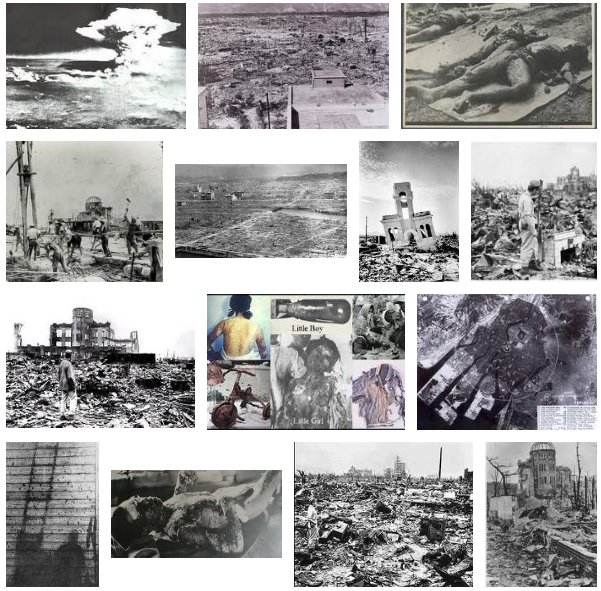The Past and Future of the Libertarian Left: SFL Virtual Reading Group (Fall 2014) online reading list
VRG Reader: Markets Not Capitalism
- Charles Johnson and Gary Chartier (eds.), Markets Not Capitalism, 1st ed. (Minor Compositions: 2011) will be the source for most of the readings in our VRG. You can obtain a copy directly from the publishers, or from the usual online bookstores. You can also read it online if you don’t mind giant PDF blobs.
In addition to the readings from Markets Not Capitalism, there will be a number of additional primary and supplementary readings that we will discuss to give more in-depth treatments to particular topics and offer additional context. Readings that aren’t in Markets Not Capitalism will be made available online. Here are links to the additional readings throughout the VRG.
Session 3: A Question of Ownership.
- Murray N. Rothbard (1969), Massacre at People’s Park, in The Libertarian Forum I.VI (June 15, 1969). 1. (PDF at Mises.org)
Session 4: A Question of Knowledge.
F.A. Hayek (1945), The Use of Knowledge in Society in American Economic Review XXXV.4 (Sep. 1945). 519-30. (HTML at EconLib).
Nathan Goodman (2013), The Knowledge Problem of Privilege, at Liberty Minded (July 29, 2013)
Session 5: A Question of Scale.
- Read Coase[1] (1937), The Nature of the Firm, from Economica N.S. 4.16 (Nov. 1937). 386-405.
Session 6: A Question of Identity.
Dyer D. Lum (1890), Introduction and Fundamental Principles from The Economics of Anarchy: A Study of the Industrial Type (HTML at praxeology.net)
Benj. R. Tucker (various/1897), selections from Instead of a Book, By A Man Too Busy To Write One: A Fragmentary Exposition of Philosophical Anarchism (HTML at fair-use.org):
- Relation of the State to the Individual (1890). 21-29.
- Our Purpose (1881). 30-31.
- Who Is The Somebody? (1881). 177-178.
- The Sin of Herbert Spencer (1884). 370-371
- Rights and Duties Under Anarchy (1887) 58-60.
- Should Labor Be Paid or Not? (1888). 403-404
- Armies that Overlap (1890). 363-365.
Session 7: A Question of Activism.
Sharon Presley & Lynn Kinsky (1976), Government is Women’s Enemy, Association of Libertarian Feminists Discussion Paper (HTML at alf.org)
Lucinda Cisler (1970), Abortion Law Repeal (Sort Of): A Warning to Women, in Notes from the Second Year. (eBook at Duke University Libraries. Alternative HTML version at fair-use.org)
Charles Johnson (2011). Women and the Invisible Fist: How Violence Against Women Enforces the Unwritten Law of Patriarchy. There are several drafts of this paper, prepared for different audiences. I recommend reading the December 2010/March 2011 Molinari Society version (2010.1217-2), which is about 20pp in length and was prepared for audiences already somewhat familiar with libertarian writing.
Ellen Willis (1970). Women and the Myth of Consumerism, in Ramparts (June 1970). 13-16. (PDF at unz.org. Alternative HTML version at fair-use.org.)
Betsy Brown (2000). A Radical Dyke Experiment for the Next Century: 5 Things to work for Instead of Same-Sex Marriage, from off our backs 30.1 (January 2000). 24.
Session 8: A Question of Ethos
Karl Hess (1969). The Death of Politics, from Playboy (March 1969). (HTML at fare.tunes.org)
Jason Lee Byas (2014). Toward an Anarchy of Production (Part I) from The New Leveller 1.1 and Toward an Anarchy of Production (Part II) from The New Leveller 1.2. (HTML at s4ss.org)
Emma Goldman (1910). Minorities versus Majorities, in Anarchism and Other Essays (1910/1917). (HTML at Berkeley Digital Library: The Emma Goldman Papers)
- [1]lol↩
